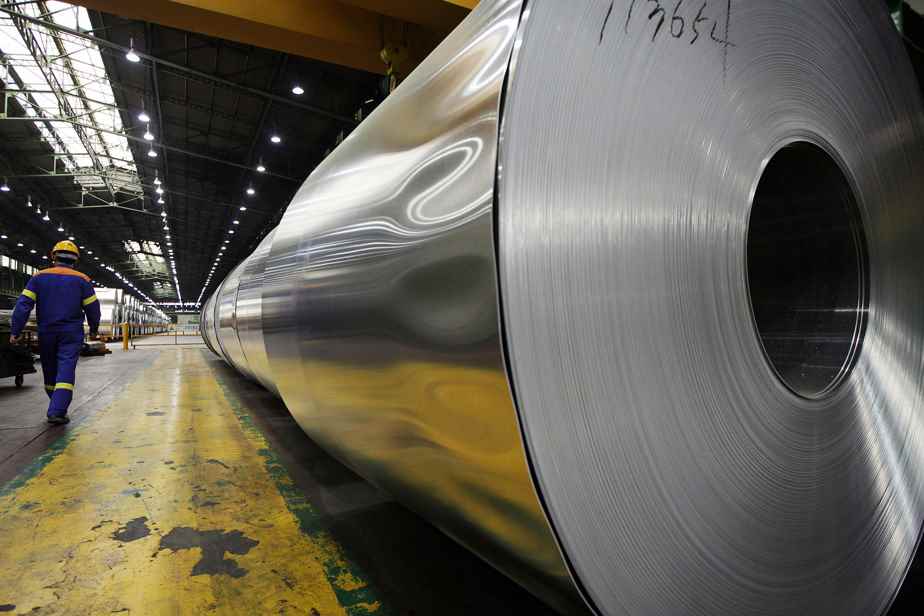Posted at 10:00 a.m.
100%

PHOTO PROVIDED BY ELYSIS
The housings of Apple’s new iPhone SEs will be made entirely from aluminum made without direct carbon emissions. This commercial-purity aluminum is produced in Saguenay–Lac-Saint-Jean by the Quebec company Elysis, born of a partnership between Rio Tinto and Alcoa. This company has developed a fusion process that eliminates all greenhouse gas emissions and, on the contrary, produces oxygen. Elysis could reduce greenhouse gas emissions by 7 million tonnes across Canada, the equivalent of taking 1.8 million cars off the road.
47

PHOTO PROVIDED BY MAADI GROUP
Forget the cliché of walkways made entirely of wood or steel, the aluminum industry has found a new market in this sector. This is because silver metal offers essential qualities for such applications, such as resistance to corrosion and deformation, the absence of maintenance and painting, as well as the ease with which graffiti can be erased. AluQuébec, the aluminum cluster in Quebec, lists 47 aluminum footbridges and bridges designed or manufactured in Quebec. Some combine aluminum and wood to give cachet to the achievement while focusing on durability.
30

PHOTO FROM FACEBOOK
The lightness of aluminum is a strong argument to compete with other materials. The Saguenay manufacturer Remac is reaping the benefits since it has obtained an order for six telecommunications towers, each 30 meters high. These are to be erected in Nova Scotia. Their light weight allows easy transport to the installation site, even in hard-to-reach places. Remac’s customer can install them in a day, whereas a steel tower would take a week. And since they are made of aluminum, these towers could be recycled at the end of their life.
50%

PHOTO SYLVAIN MAYER, LE NOUVELLISTE ARCHIVES
The supply of recycled aluminum could represent up to half of the total aluminum supply in 2050, according to the Aluminum Association of Canada. In 2020, it represented a third of it. This metal can be recycled endlessly, which makes it an asset in view of the global objective of carbon neutrality by 2050. “The imperative is to act now, during this decade: we are working with industry, supply chains and finance to provide clear thinking and plans to make the goal of net zero carbon emissions viable,” says Matt Rogers, chief executive of the Mission Possible Partnership alliance.
